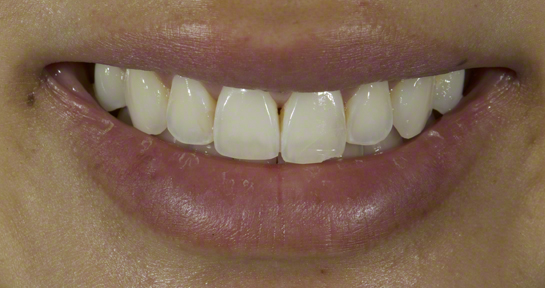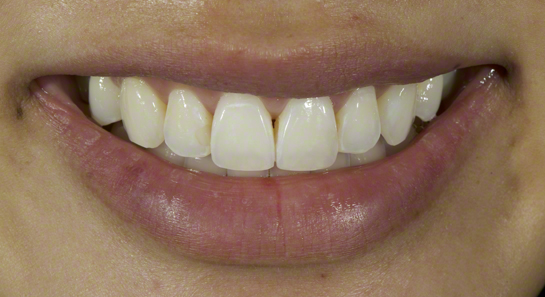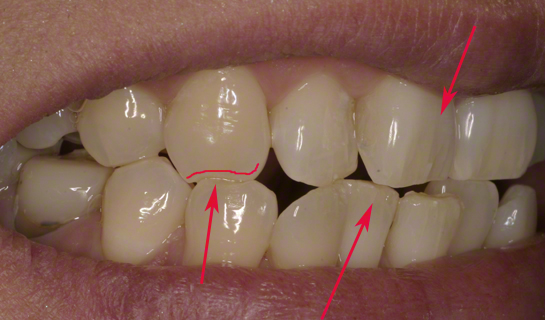Dental implants are recommended only when the root of the tooth can no longer sustain itself in the jaw bone. There are two general scenarios for the problem: 1. The root has lost too much bone around it. Bone loss can be caused by gum disease or excess bite trauma to a particular tooth. Bone loss can happen in both vital teeth and root canal treated teeth. If the bone loss is beyond the minimum volume for a sustainable implant, then bone grafting may be necessary before the implant can be placed.
2. When the root is cracked from bite trauma.
a) A vital tooth can crack from bite trauma, and the crack can extend deep into the root. In this situation, root canal treatment and crown are not viable options because of the extent of the crack or fracture.
b) Root canal treated teeth are essentially dead roots. These roots are very brittle. Even with a crown placed on the root canal treated tooth, that root can manifest a vertical crack line running along the length of the root. In this case, bone loss begins to occur where the crack line exists, and the root is no longer salvageable. Evidence of cracks in root canal treated teeth can be seen as an absess in the gum tissue surrounding the root. Keeping these roots in the jaw for extended periods of time will result in more extensive bone loss, and the destruction can be seen on xrays of the surrounding bone area of the root.
The decision to extract and replace a particular root with a dental implant has to be substantiated by clinical evidence and radiographic evidence.
The following sample cases illustrate situations where the natural tooth root cannot be saved, and a dental implant would be an option to replace the tooth.
........................................................................................
Alex Nguyen, DDS is a Saratoga Dentist who practices General Dentistry, Cosmetic, and Implant Dentistry. For over 20 years the practice has been serving the residents of Santa Clara County and San Francisco Bay Area.










